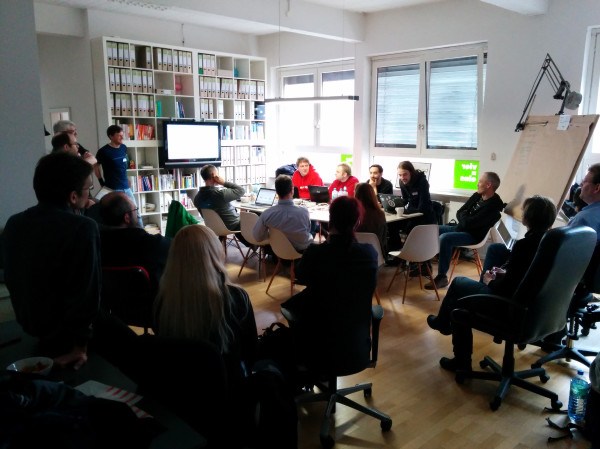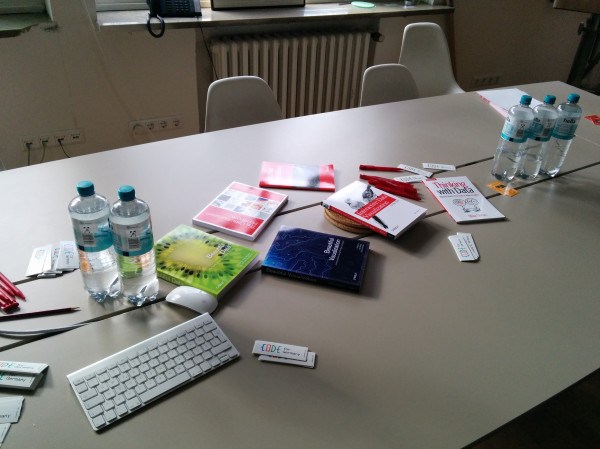Last week the German weekly newspaper ‘Die Zeit‘ published an article on the distribution of physicians in major German cities. They used maps to show the relationship between income and physician density. Their main claim was that physicians tend to open their offices in wealthier districts.
First of all – we love the style and user interface of the article. It is really well done and the Zeit’s new customized mapbox style blends in really neat into their overall design. However we believe that the Zeit could have done better in one respect: They did not discuss the significance of the correlation between income and physicians density.
That’s why we produced this scatter plot:
Is it significant?
Yes, it is! The diagram with it’s trend line show that there in deed is a strong correlation between income and the density of physicians. Another determinant is visualized by the colors: the population density. Even though we’ve already normalized the number of physicians per capita, those districts with a higher population density still tend to have a higher density of physician’s offices. In our eyes this is the case, because those districts in general are closer to the city center and are characterized by mixed-use.
How was this done?
We had a deeper look at the Zeit website and found a JSON-file containing the information behind their interactive explorer. We extracted the locations of the physicians and joined them to a district shape with QGIS. Afterwards we used public data from the Statistikamt Nord to add income statistics. Finally, the scatterplot was realized tableau-public.


